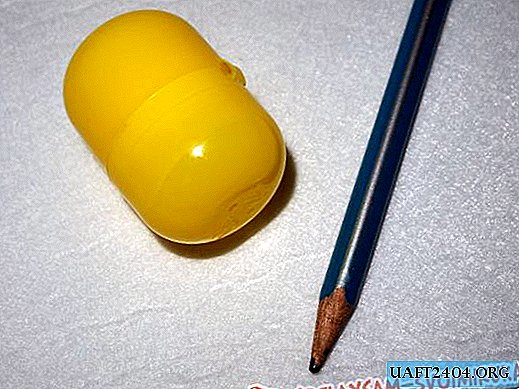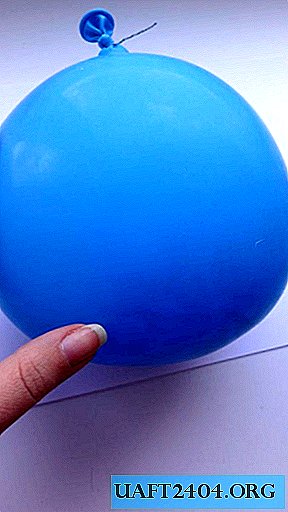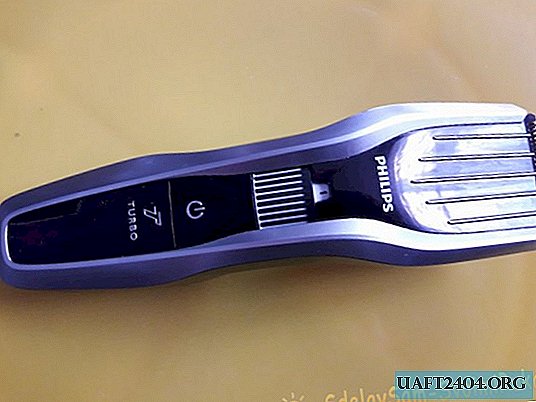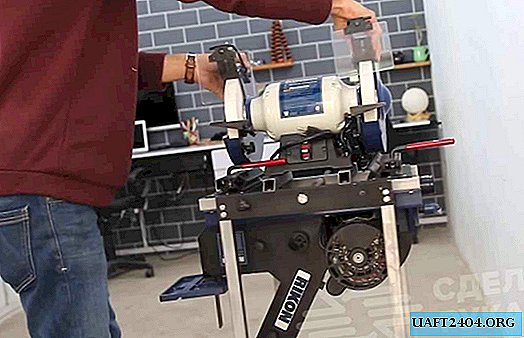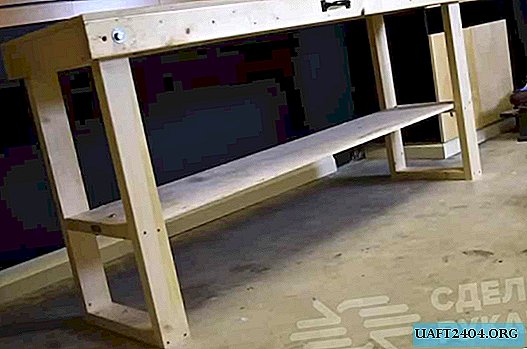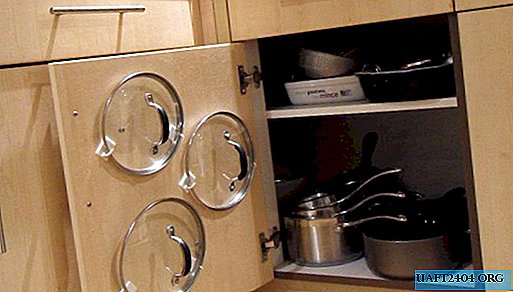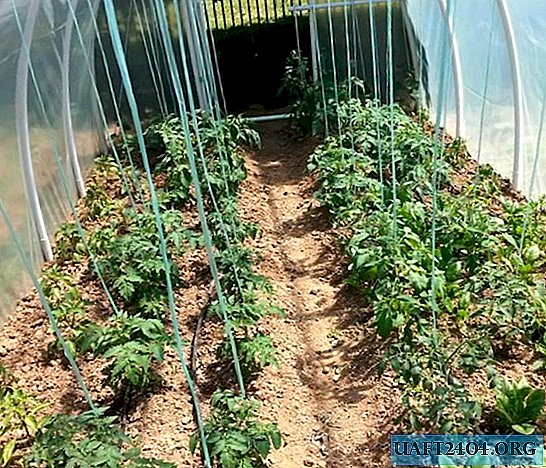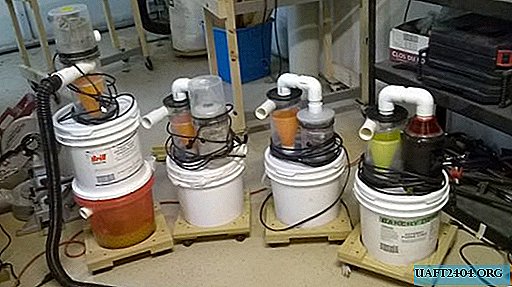Share
Pin
Tweet
Send
Share
Send
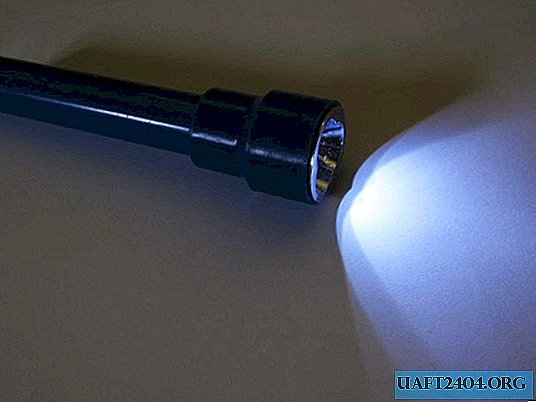
How it works?
Now in more detail. The flashlight consists of a compartment where water is poured and a boost converter on a single transistor, supplying superbright LEDs.
In the water compartment are two electrodes of different metals. And when water gets inside, a potential difference appears between them, as a result of which an electric current flows. Such a peculiar galvanic cell. Since this element is one, its voltage is not enough to make the LEDs glow. To do this, it is connected to a boost converter, which increases the voltage to the desired one. As a result, the flashlight shines quite brightly and for a rather long period.
Will need
- Case made of pvc pipes: adapter and a piece of pipe, between them you need to cut the threads so that there is a solid collapsible connection.
- A reflector with a board and three LEDs was taken from a broken battery-powered flashlight.
- For the converter: a bipolar transistor of any brand, a 1 kΩ resistor, a ferrite ring 2 cm in diameter, a copper wire 0.5 meters in length and 0.25 mm in thickness.
- For a galvanic cell: copper and zinc plates. Instead of zinc, you can take galvanized iron.
- Paper napkin.

Making a flashlight running on water
The first step is to make the battery itself. We take a copper plate and around it we make a couple of turns with a paper towel.

We attach a zinc plate to this convolution and make another 3 turns with a napkin.

So that everything does not unwind, fix the copper wire. The napkin will not allow the plates to close and will perfectly conduct the fluid through itself.

In the adapter cover, which will separate the converter compartment from the compartment with water, we glue hermetically the findings of the element with super glue.

Next, we proceed to the manufacture of the converter. Here is a diagram. This is the simplest self-excited converter.

Wired assembly.

We solder everything to the board with LEDs. How to make such a converter can be read here - //sdelaysam-svoimirukami.ru/357-vyzhimaem_poslednie_soki_iz_batarejki.html or here - //sdelaysam-svoimirukami.ru/3730-pitanie-svetodioda-ot-batareyki-15-volta.hml.

Now we are putting it all together. Solder the input of the converter to the output of the element.

We put everything in the case. Glue the separation plate with super glue.

We insert the converter with the board and the reflector inside. Just put everything on glue.

At the end of the tube we make a transparent plug from plexiglass. Glue and trim.

Now you can observe everything visually.

Work check
Pour ordinary water from the tap into the compartment.

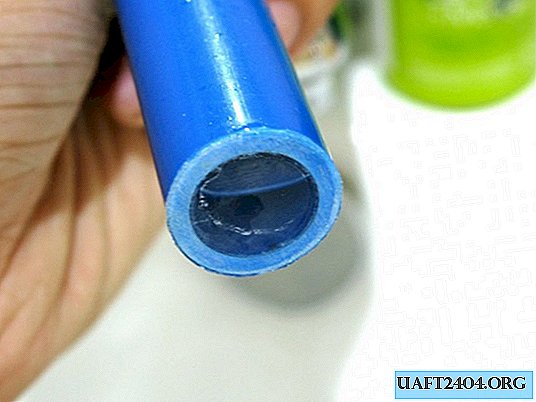
Place the electrodes.

We screw it down and wait a little while the water saturates the napkin and a chemical reaction begins between the electrodes.

The flashlight shines just fine and very bright!

It works continuously for half an hour on ordinary tap water, and if you add water salted with ordinary sea salt, we maintain stable combustion for up to two hours!
Watch the flashlight test video in action
Share
Pin
Tweet
Send
Share
Send

